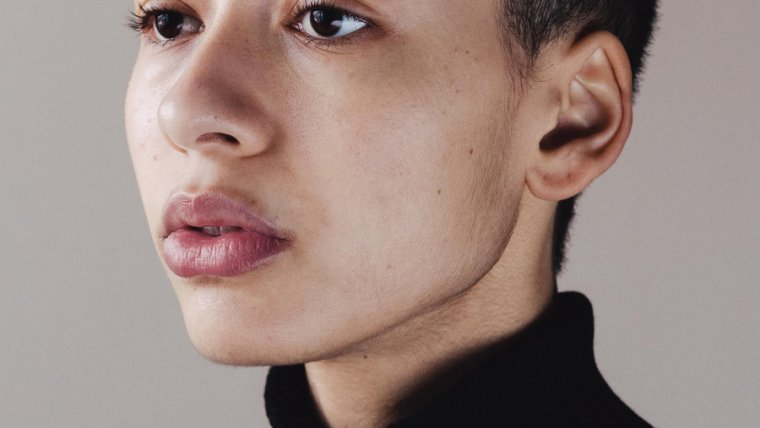
What inspired you to start taking photographs?
I bought my first camera at the age of sixteen. I started photography with self-portraits, to capture my own emotions which I found hard to deal with and difficult to talk about. While growing older, my passion to capture the vulnerable parts of myself and other people only grew. I have been battling with mental illness since the age of twelve and taking self-portraits and showing them to my parents has helped me to communicate.
I have always wanted to help others by being open about my own struggles. At first, I found it extremely scary to capture my own vulnerabilities and to share the pictures that I took of myself on Social Media, but I got such sweet private messages from people, telling me that I have helped them, that it motivated me to keep creating what I love to create and love to do.
You take stunning images of other people. What do you look for in a model?
Thank you! When I capture the imperfections and vulnerabilities of people other than myself, I want to let them feel that painful feelings can become more bearable when you share them with others. I noticed that sharing my own story made me feel less alone. Together with my models, I want to tell a story and make the invisible visible.

Who are your favorite artists and how have they influenced your work?
Lots of photographers have influenced my work and Facebook has helped me to get in contact with some of them. People like Ines Rehberger, Joel Robison, Laura Zalenga and Taya Iv are an inspiration to me, because they tell wonderful stories with their beautiful and outstanding images; they motivated me to capture my own stories and in my own way.
Your self-portraits are incredibly honest and touching. What does a typical self-portrait shoots look like?
Right now I am working on a project called ‘Inner Journey’ and the pictures for that series are currently taken with my Fujifilm X70. The series is about mental illness, self-love, self-acceptance and my struggle with gender identity.
I also have a Canon EOS 7D and I use a tripod to hold my camera and a remote to handle long-distance shots instead of a timer. When I grab my camera to take self-portraits, it’s mostly when I don’t know how to deal with feelings such as anxiety, emptiness, loneliness or being desperate about the future. After capturing emotions like that and after editing the picture in Adobe Camera Raw and Photoshop, I can look at myself from a distance and stop my negative thoughts from spiraling out of control; self-portraiture helps me to feel able to breathe again after an episode like that.
As you can see, photography is therapeutic to me and I think that’s why my self-portraits are as honest and raw as they are.
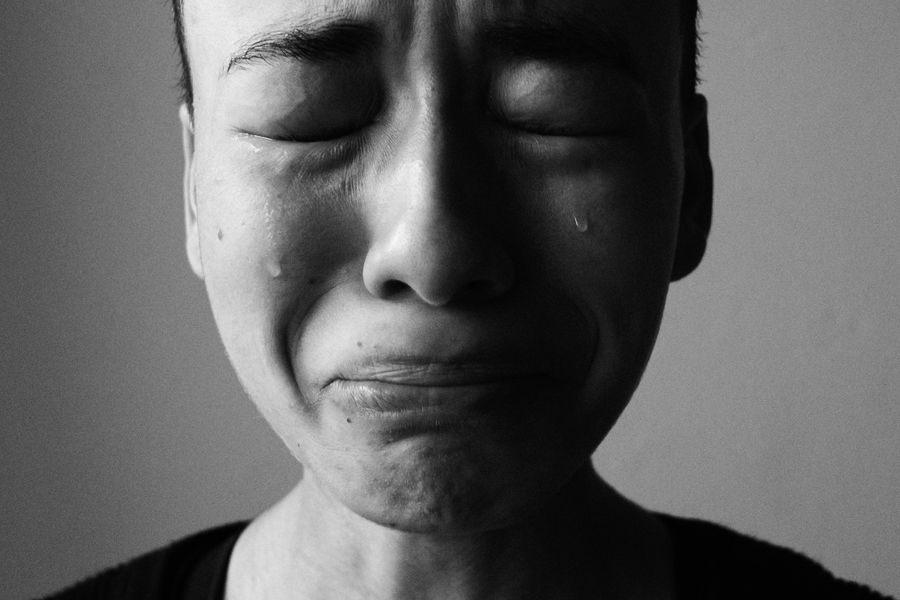
If you could photograph anyone in the world, who would it be?
I don’t have any specific person in mind. To me, it really doesn’t matter who sits in front of my camera, but if I am able to tell a story together with the person in front of my camera.
But I would love to meet the photographers that inspire me, so we can take pictures together.
What has been the most challenging creative obstacle in your life so far, and how did you overcome it?
Taking pictures with light different from natural light. Sometimes you have to step out of your comfort zone, how scary this may seem, and experiment with things different from what you are used to doing.
For me that was experimenting with hard light and hard shadows. Eventually, I found my way in there and came to the conclusion that it can also be fun to step out of your comfort zone and to explore new things.
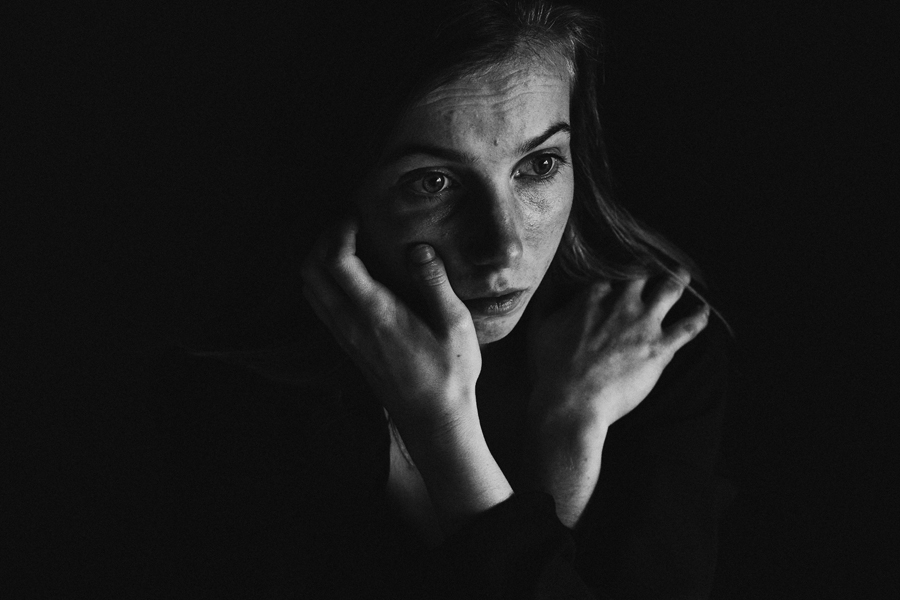
When you’re faced with a creative block, what do you do?
I will start writing in my journal, because I am more connected with myself when I write; when I am more connected with myself, it will be easier to find the inspiration to start shooting again.
If you could give your younger self one piece of photography-related advice, what would it be?
Keep trying and experimenting and never stop creating because people don’t like your work. When people say left, go right for once and see where you will end. Try to improve yourself every moment and follow your own path by doing what you love the most.
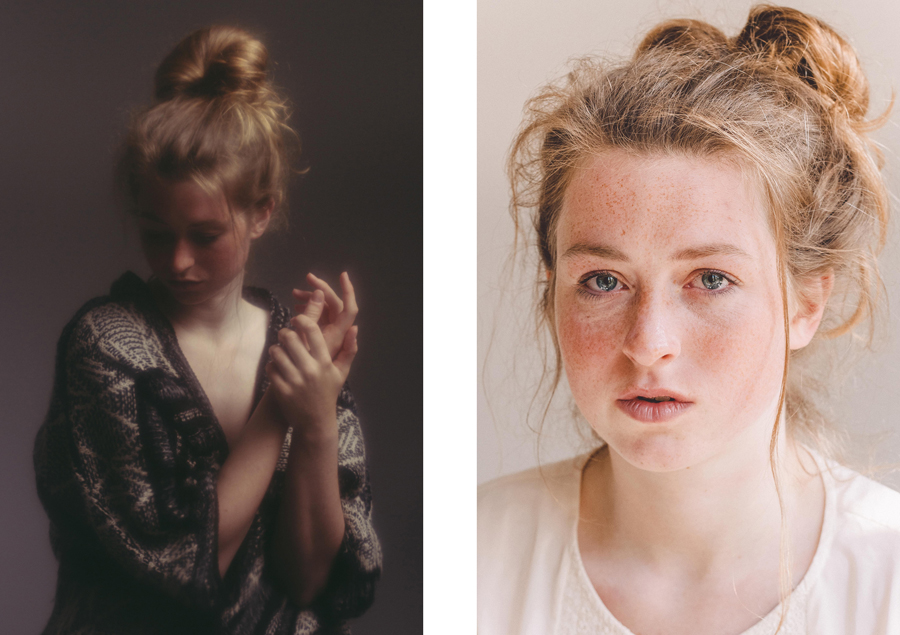
You have a rich collection of black & white photos in your portfolio. What do you love most about monochrome photography?
We don’t see the world in black and white, but when you are fighting against a mental illness the world seems like it has lost all its colors; it seems dark.
I think when you are focusing on capturing emotions, that you are more drawn to the subject when shooting in black and white; looking into someone’s eyes, without being distracted by all the different colors, can provide a stronger emotional connection.
What, in your opinion, is the most important thing an aspiring photographer should know?
Stay true to yourself and create your own style. Accept criticism and ask people for constructive feedback, but don’t apply blindly. Never compare your own journey with the journey of someone else, because you are unique and life is a long journey of self-discovery.
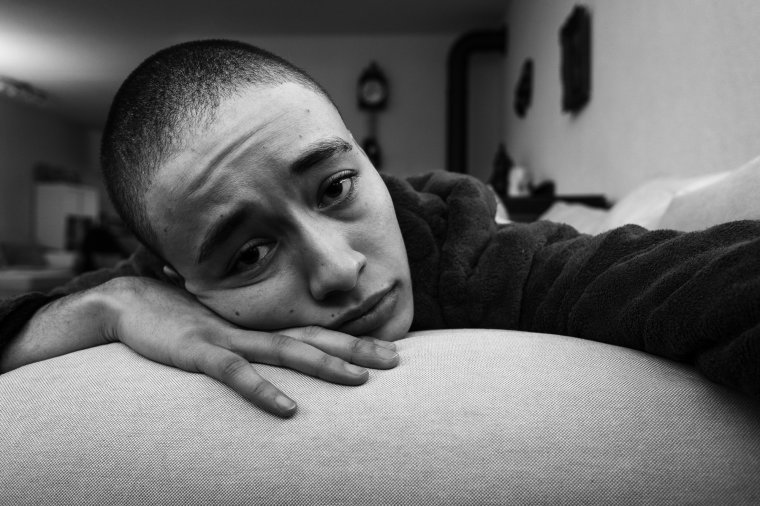
You can find more of Marvel’s work on her website, Facebook, and Instagram
Comments (1)
Well done you guys!! Good interview and Superb work Marvel <3